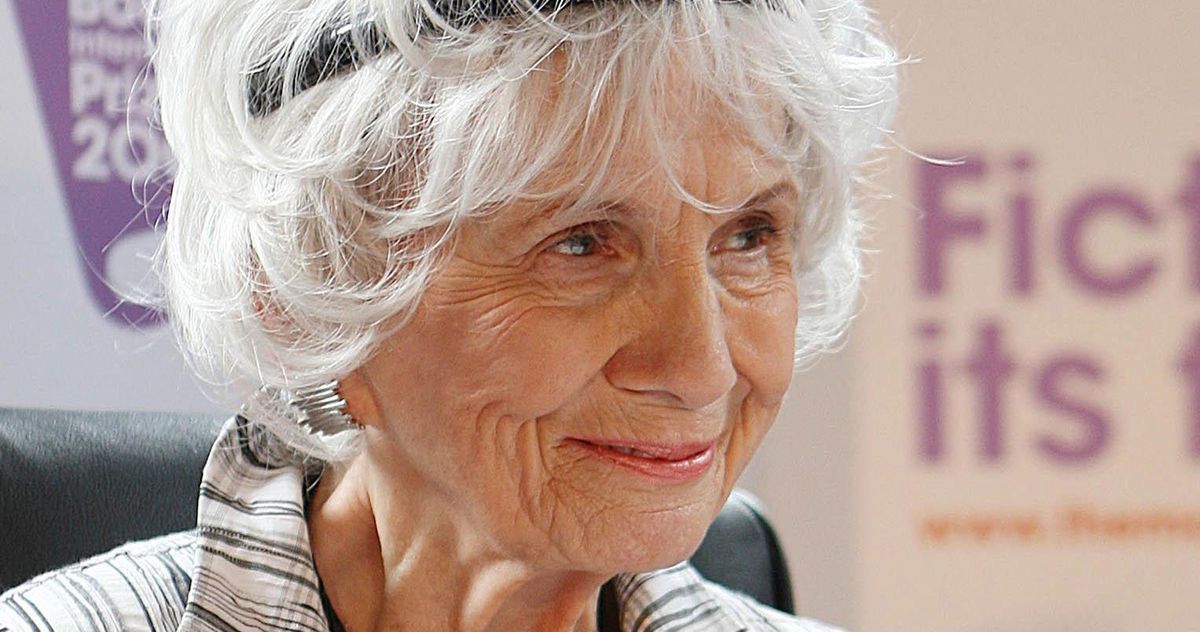Cognitive Disengagement Syndrome, or CDS, was first described by psychologists in the 1960s and 1970s. But in the decades since it has often been tied to ADHD, with some arguing that patients are being misdiagnosed while others debate if CDS should even be its own condition.
While daydreaming is a major factor of CDS, it is not the sole symptom as patients with the disorder experience daydreams to such an extreme they find it hard to stay focused on tasks for extended periods. Although it has been closely related to ADHD since it’s classification, it differs from the well-known disorder through its lack of hyperactivity and impuslivity.
Instead, CDS is characterised by a consistently sluggish cognitive tempo, which was also an earlier name for the condition. As a result, people with CDS often face vastly different problems than those with ADHD. Those with ADHD can focus on tasks but become easily distracted and switch their focus while people with CDS can’t manage to make themselves focus in the first place.
A Spanish study urged that the “symptom cluster” be disconnected from ADHD, highlighting: “A group of youth with clinical CDS can be identified as separable from youth with clinical ADHD presentations. Identifying youth with ‘pure’ CDS is likely rare when other disorders and methods are considered.
“It is likely that the inclusion of CDS as a diagnostic category would spur intervention (and other) research, aid in the identification of youth experiencing clinically significant and impairing levels of CDS symptoms.”
There is no official criteria for CDS but some psychologists measures certain symptoms according to questionnaires and behavioural observations. These include frequent daydreaming, mental fogginess and a slow processing speed.
The slow processing speed may showcase itself during childhood with parents and teachers reporting the patient as “out of it” or note that they take longer to respond to questions and complete tasks. This is because it takes people with CDS longer to take in and make sense of information not due to a lack of intelligence or effort but simply because of the speed their cognitive function moves at.
CDS isn’t yet recognised as its own disorder in the Diagnostic and Statistical Manual of Mental Disorders, although some experts and a growing body of research suggest it should be separated from ADHD. It is currently considered a “symptom cluster”.
Treatment for the condition looks very similar to ADHD in the form of cognitive behavioural therapy, and some researchers are exploring the use of similar stimulant drugs used to treat the hyperactive disorder. Lifestyle changes, including a more stable sleep and exercise routine, have also been suggested to help manage the symptoms of CDS.
The major differentiating factor between CDS and just a normal personality trait lies in how it affects the daily life of the person. Those suffering from CDS will experience signifcant interference due to their daydreaming, impacting their academic performance and social interactions.
Additionally, because of the lack of awareness of CDS, both by the general public and some healthcare professionals, can lead to sufferers being dismissed as lazy or lacking effort, resulting in a stigma that prevents them from getting support and treatment.
Cincinnati Children’s Hospital notes that children with inattentive presentation of ADHD are believed to be more likely to experience symptoms of CDS but highlighted that “CDS can also be present in children who do not have ADHD”. Worryingly, the hospital added that children and adolescents who were found to have both were more likely to experience anxiety, depression, sleep issues and social withdrawal than their peers who only had ADHD.

Sarah Carter is a health and wellness expert residing in the UK. With a background in healthcare, she offers evidence-based advice on fitness, nutrition, and mental well-being, promoting healthier living for readers.





